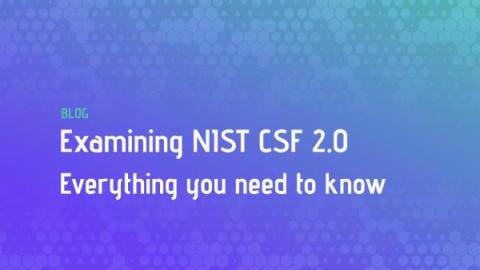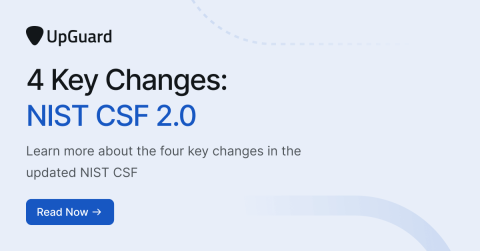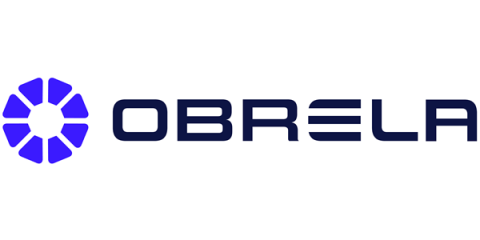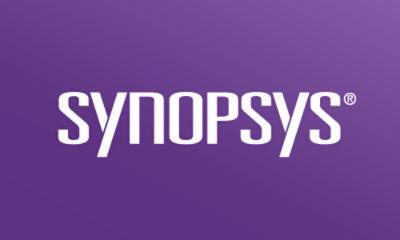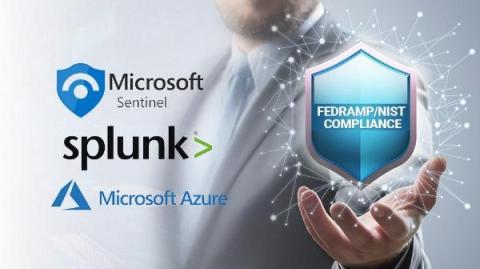NIST CSF 2.0 is Here. What do You Need to Know?
NIST released the much-anticipated update to its popular Cybersecurity Framework (CSF) in February 2024. The NIST CSF is one of the most widely used cybersecurity frameworks, designed to help organizations of any size in any industry holistically start, mature, and sustain a cybersecurity program. The latest version of the NIST CSF—NIST CSF 2.0—brings several enhancements over the previous version. This article will cover what you need to know about the new NIST CSF 2.0.




